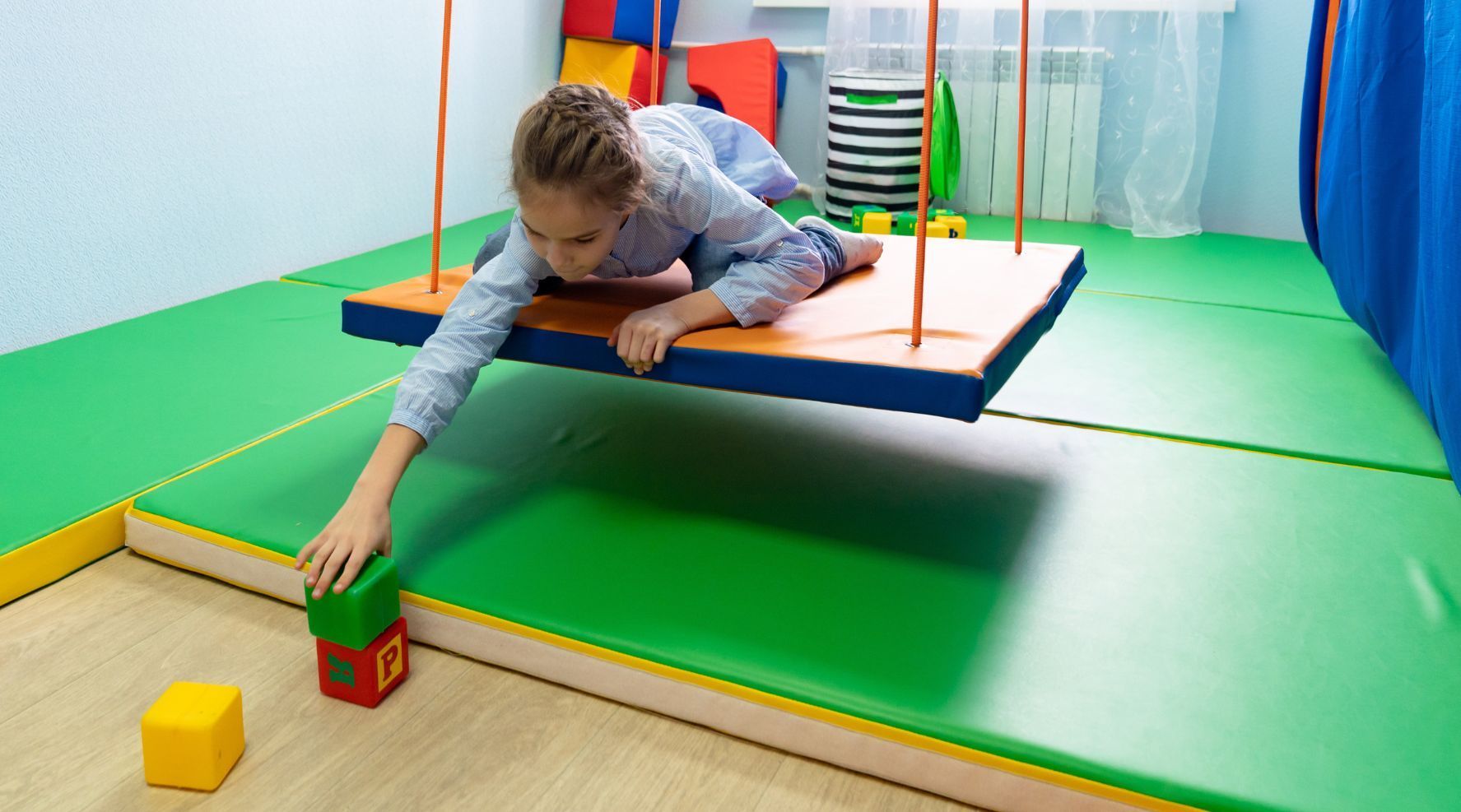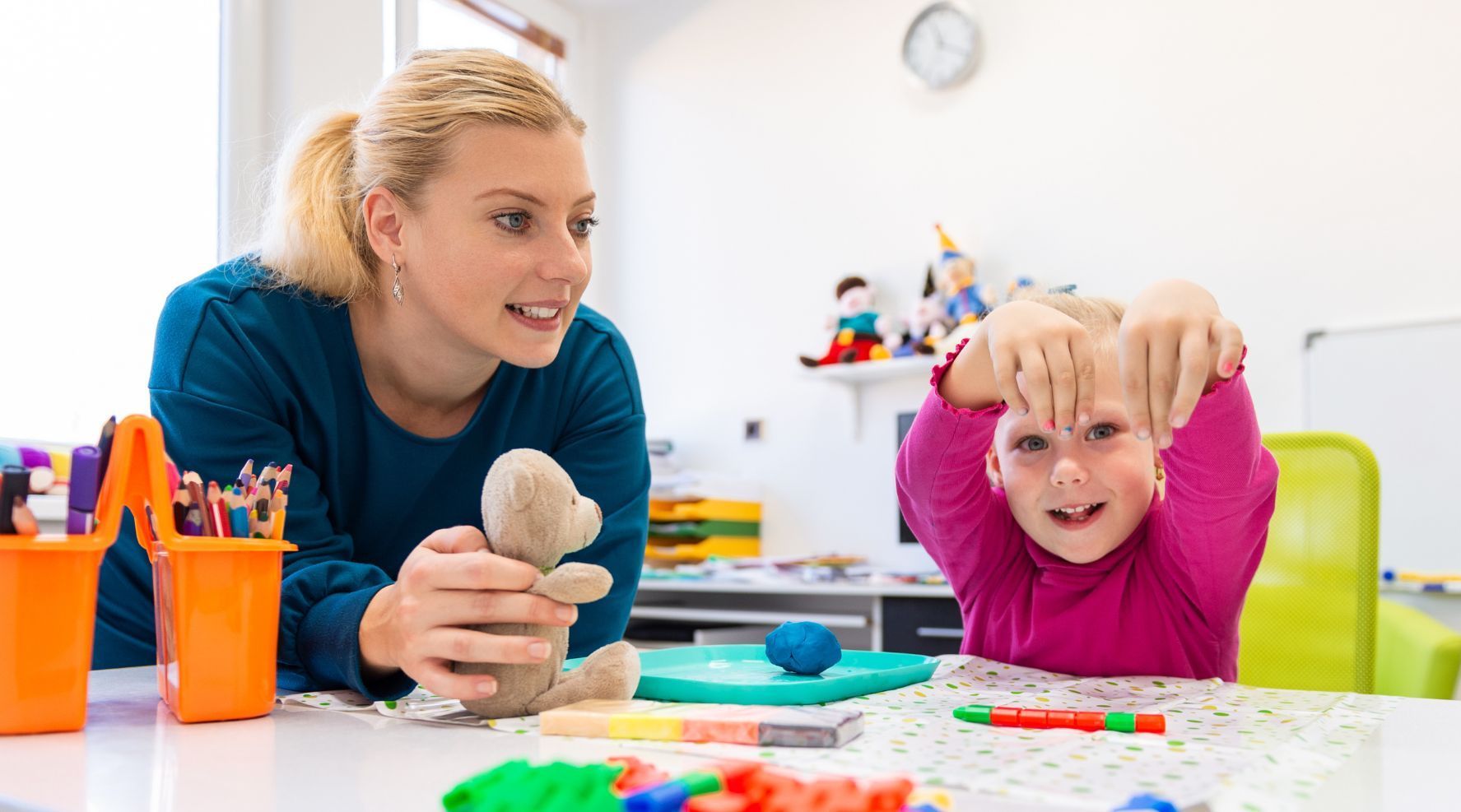Benefits of Adding a Sensory Space To Your Classroom
Sensory spaces offer a variety of sensory experiences that can help anxious children relax, rambunctious kids blow off steam, and all kids develop motor and perceptual skills. The benefits of adding a sensory space to your classroom include helping kids of all abilities attain a receptive state of mind that helps them learn and retain information.
What’s a Sensory Space?
Sensory rooms are specially designed spaces that offer several types of sensory stimulation that can help an anxious or overwhelmed person decompress or find distractions that provide something to focus on to collect their scattered thinking and engage their concentration.
Still, others need the stimulation of movement they find in slides, climbing walls, crash pads, or video dance games. Sensory rooms offer enough variety to meet the needs of those who need an escape from bright lights and noise and those who want to jump and play.
Benefits of Sensory Spaces in Schools
Many informed communities have installed public
autism sensory playgrounds serving kids with differences and their neurotypical friends. Schools can follow that example by installing sensory spaces in school buildings.
Schools with sensory rooms observe that students benefit from having a place to retreat from the pressure of performance anxiety in a classroom. Kids with learning differences or who simply need more time to process information find relief in a sensory space where they can wind down in a quiet environment with dim lighting and think.
Sensory spaces also offer a safe and relaxing space to develop social skills, away from the chaos of the playground. Many kids with differences prefer interacting with one person or peer at a time, and sensory rooms promote cooperative play in small groups, including those of just two.
Students who use sensory rooms discover ways to self-regulate. When allowed to explore the room and select their own activities freely, they find what works for them to prepare them to re-enter the larger school environment and cope with the noise, lights, and demands of the school day. These skills are transferable to other areas of their lives at home and recreational activities, enabling kids to cope with disappointment or frustration. Knowing how to calm yourself can help kids find positive solutions to many everyday problems, including disputes with other kids.
Sensory Rooms as Multi-Purpose Spaces
One of the benefits of sensory rooms in schools is that they provide an alternative and calming space for school-provided speech and occupational therapy, one-to-one tutoring, and family meetings where the discussion focuses on an individual student’s needs.
The benefits of adding a sensory space to your classroom also transfer to teachers. Calmer kids are better at learning, disruptive kids have a place to blow off steam without disturbing the rest of the class, and kids with different ways of processing information can do so at their own pace, improving results for everyone.The body content of your post goes here. To edit this text, click on it and delete this default text and start typing your own or paste your own from a different source.





